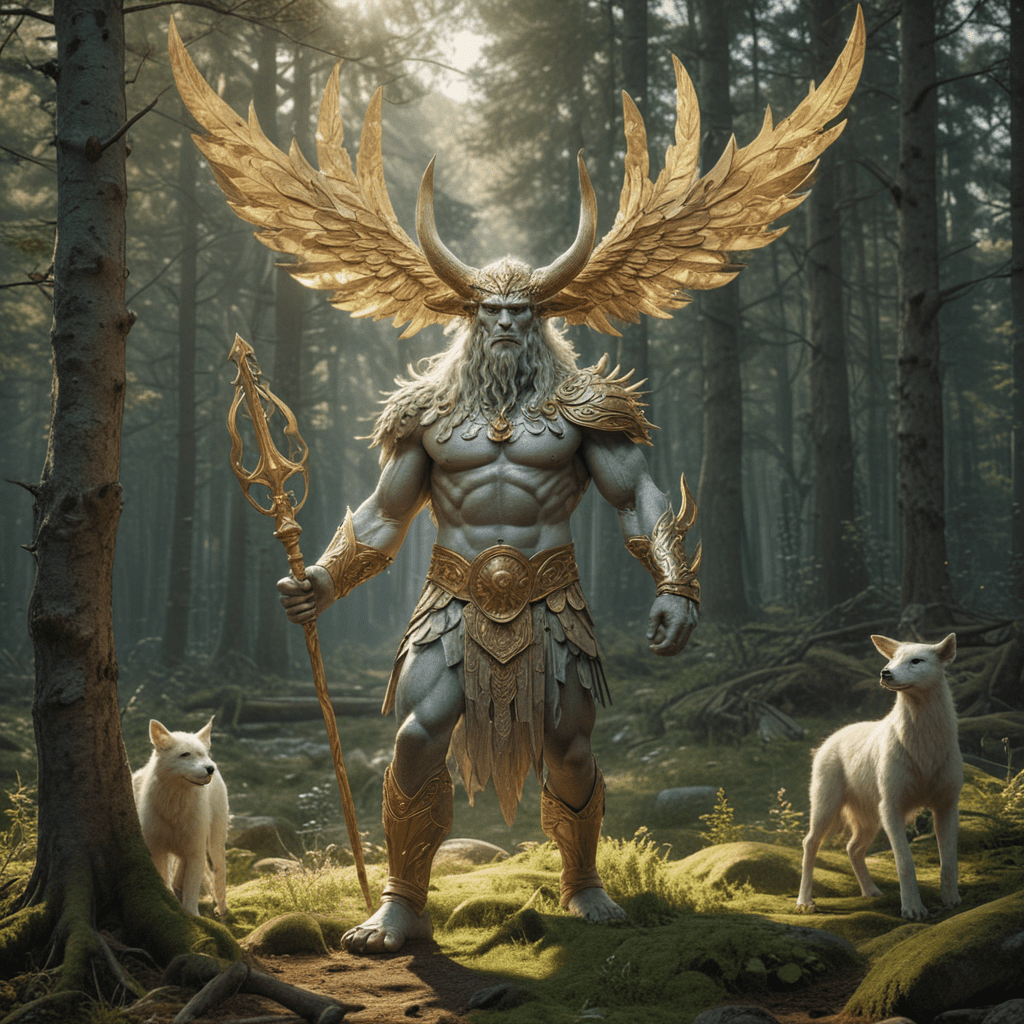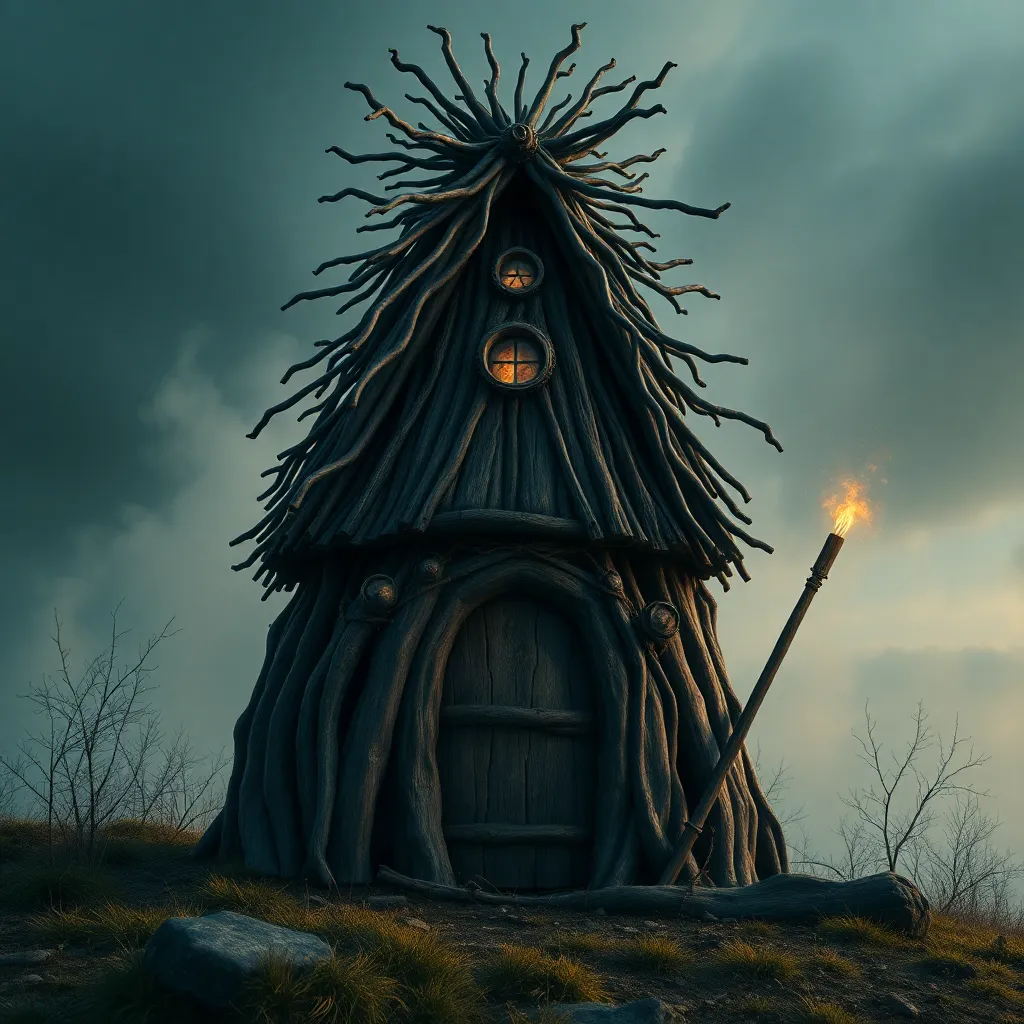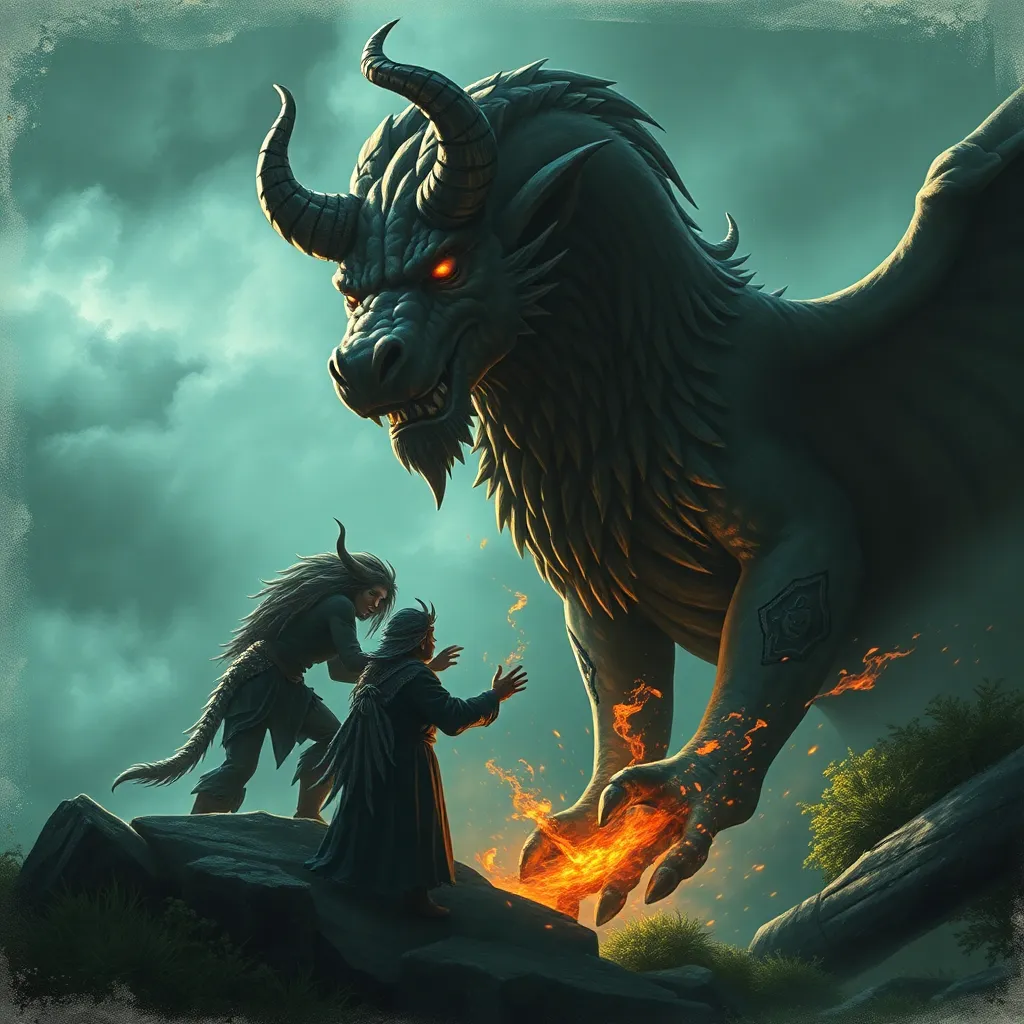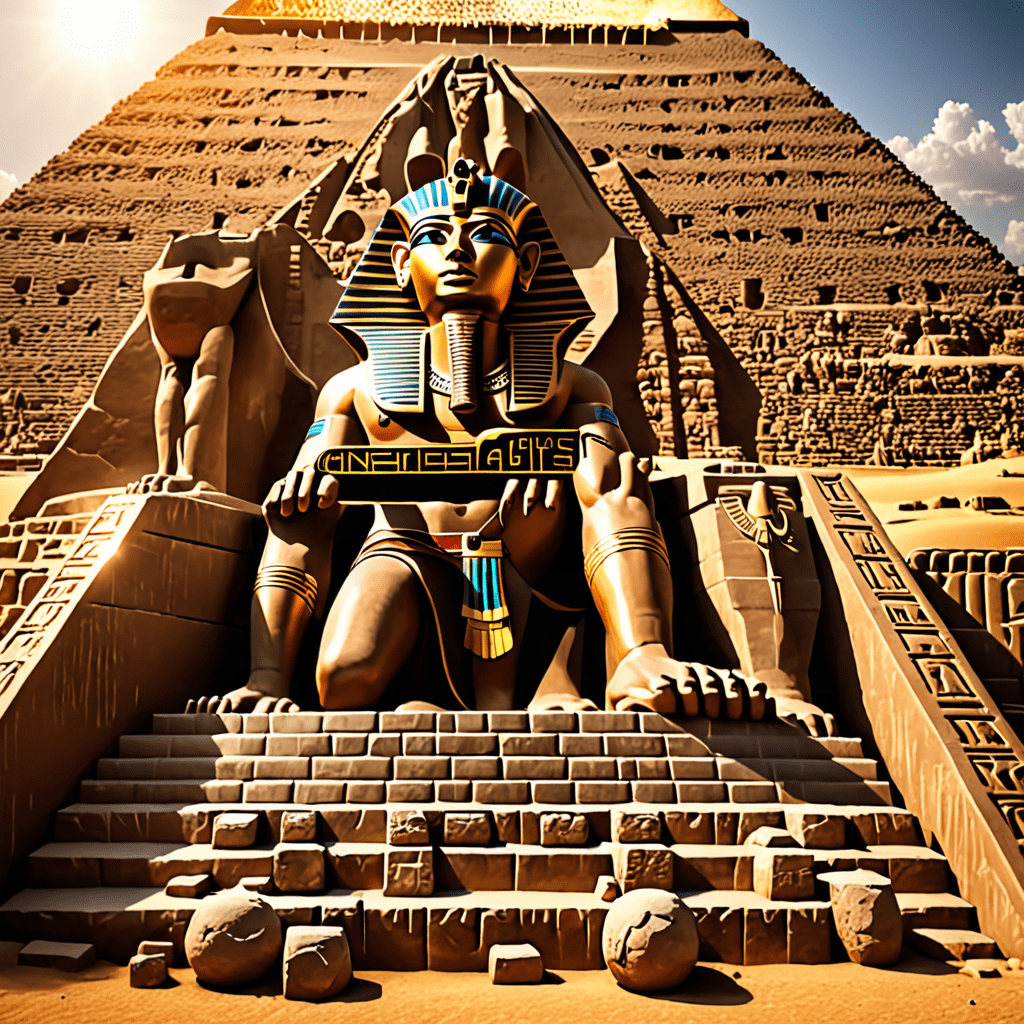1. Introduction: Enchanting Tapestry of Finnish Mythology
Finnish mythology is a captivating tapestry of tales woven around the origins of the world, the adventures of legendary heroes, and the transformative power of nature. These ancient stories have been passed down through generations, leaving an enduring mark on Finnish culture and inspiring countless works of art, literature, and music.
2. Origin Myths: From Cosmic Chaos to the Creation of Life
At the heart of Finnish mythology lie the origin myths, which narrate the emergence of the world from primordial chaos. According to the Kalevala, the Finnish national epic, the universe began as an infinite void, with no distinction between the elements. The primordial being, Ukko, represents the sky god, awakens and divides the void into earth, sky, and water, creating the foundations of existence.
3. The Majestic Väinämöinen: Rune Singer, Sage, and Transformer
Väinämöinen, the central figure in Finnish mythology, is a hero of wisdom and magic. A rune singer with unparalleled knowledge, he possesses the power to shape the world through his incantations. Väinämöinen is often depicted as an old and wise sage, embodying the transformative power of knowledge and the renewal of life.
4. The Adventures of Ilmarinen, the Divine Smith
Ilmarinen, the divine smith, is another prominent figure in Finnish myths. His magical forge creates wondrous artifacts, including the Sampo, a mill that brings abundance and prosperity. Ilmarinen's adventures reflect the transformative power of craftsmanship and the indomitable spirit of creation.
5. Joukahainen: The Trickster and Catalyst of Transformation
Joukahainen, a cunning trickster, plays a crucial role in Finnish mythology. His mischievous nature and ability to outwit others often serve as a catalyst for transformation, leading to unforeseen consequences and setting the stage for epic quests and adventures.
6. Louhi: The Enigmatic Queen of Pohjola and Keeper of Secrets
Louhi, the enigmatic Queen of Pohjola, realm of the north, holds a position of great power in Finnish mythology. She is the guardian of the Sampo and possesses vast magical knowledge, often testing heroes and setting obstacles in their paths. Louhi represents the mysteries of nature and the hidden depths of the human soul.
7. The Epic Quest: Wooing Louhi's Daughter for Väinämöinen
One of the central themes in Finnish mythology is the epic quest of Väinämöinen to win the hand of Louhi's daughter. This arduous journey involves facing numerous challenges, overcoming treacherous landscapes, and outsmarting magical guardians. Väinämöinen's quest becomes a transformative journey of self-discovery and perseverance.
8. The Magic Sampo: A Symbol of Wealth, Abundance, and Renewal
The Sampo, a mill created by Ilmarinen, is a powerful symbol of wealth, abundance, and renewal in Finnish mythology. Its magical capabilities provide sustenance, healing, and good fortune. However, the possession of the Sampo becomes a source of conflict, leading to a fierce battle between the heroes of Kalevala and the forces of evil.
9. Kalevala: The Timeless Treasury of Finnish Mythology
The Kalevala, the Finnish national epic, is a vast compendium of myths, legends, and poems that narrate the origins and history of the Finnish people. Its rich tapestry of tales, characters, and magical events embodies the collective wisdom, values, and beliefs of Finnish culture.
10. Influence: Inspiration, Folklore, and Cultural Heritage
Finnish mythology has left a profound impact on Finnish folklore and cultural heritage. It continues to inspire works of art, music, literature, and cinema. The tales and characters of the Kalevala have been immortalized in sculptures, paintings, and even on Finnish banknotes, becoming an integral part of the nation's collective consciousness.
FAQs:
Q: Who is the most important hero in Finnish mythology?
- A: Väinämöinen, the wise and magical rune singer, is the central hero in Finnish mythology.
Q: What is the significance of the Sampo in Finnish myths?
- A: The Sampo is a powerful mill that symbolizes wealth, abundance, and renewal, becoming the focal point of conflicts between good and evil forces.
Q: How has Finnish mythology influenced modern culture?
A: Finnish mythology has been a major inspiration for works of art, music, literature, and cinema, influencing the cultural heritage of the Finnish people and beyond.



